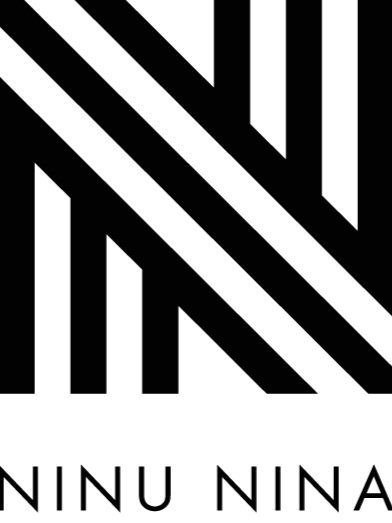ARTIST AYSHA NAGIEVA
Courtesy of Ojiri Gallery and the artist
Today’s artist spotlight is Aysha Nagieva (b. 1999) who lives and works in London and is a painter who uses distinct memories from her childhood featuring the Nevalyashka doll. Her latest show “ Major Arcana” is at Ojiri Gallery in London until the end of June.
The dolls started off as recollections of the past but the more I worked with them through the years, the more they became mirrors of whatever period of life I was going through at the time. This particular collection of works represents all of the themes that the Major Arcana tends to explore - creation, intuition, femininity, love and duality, illusions and clarity, sadness and happiness all acquired through the human experience.
Your greatest inspirations and influences?
I think my greatest inspiration comes from life experiences and essentially growing up. I usually tend to centre my work around my own life quite a bit. Originally I would use my own childhood memories as the core influence of my work; usually that helps with working through them and showcasing them in a new light. These days, however, my work tends to reflect whatever is going on in my life at the moment. I tend to document significant life events through paint. It all essentially becomes relevant - happiness, heartbreak, anger, boredom etc.
I also tend to paint significant people in my life but in a very discreet way by disguising them as my dolls. I think there is something really fun and playful in bringing in certain features of real life people whether it’s a haircut or a certain colour that a particular person likes to wear. I tend to get inspired with the little things and it’s important for me to showcase them through my work. I think it’s important to pay attention to those little things in everything you do, so for me it’s really important that every painting carries that same level of detail and attention.
Tell us about your upcoming show at ojiri gallery...
The idea behind ‘Major Arcana’ came to me when I started to realise how significant my own personal experiences outside of art are for my painting process. I would start a painting with one idea in mind and by the time I would be done with it, I could see how my life in that moment in time was being reflected back to me through my dolls.
I decided to use tarot cards as a guidebook simply because they carry so much universal symbolism with them. They explore these big topics such as love, sadness, joy, good and bad luck and I thought that no matter how different we all are, every human tends to go through all of these in their own time at their own pace. This particular collection of paintings at Ojiri Gallery is me essentially going through these staple human phases of life in the past year; the ups and downs and the consequences that come with it. Every painting in ‘Major Arcana’ has a little personal story behind it but I also hope that by looking at them, the viewers can relate to them in their own way.
Tell us about your creative process.
I don’t usually have a very set in stone creative process. I like to be in the studio as much as I can and the ideas for the paintings usually come before any sketches or preparation begins. I usually use Photoshop to realise these ideas digitally first; I sketch a lot with my digital tablet and only then I can start working with paint. Having a flexible digital sketch first allows me to change colours, adjust sizes etc. on the go if something doesn’t look quite right. My favourite part, however, is painting in oils.
When did you become interested in painting the dolls?
In my final year of university I saw an old childhood photograph of myself with a Nevalyashka doll that I used to love. It all sort of snowballed from there. I think the dolls allowed me to still explore portraiture and self-portraiture but do it in a very playful, imaginary and whimsical way that doesn’t only rely on appearances but deals more with symbolism, emotions and memories.
What does wellbeing mean to you?
Emotional wellbeing is probably the most important aspect of life for me. Especially working as an artist being mentally well becomes crucial - you can’t paint if you’re not in the right headspace. So up-keeping that positive outlook on life has become the forefront of my creative practice in the last couple of years. I think it’s also important to note that no matter how hard you try, sometimes certain things just aren’t in your control and that’s okay. At the end of the day if you can be happy and content with yourself, everything else will eventually fall in line.






